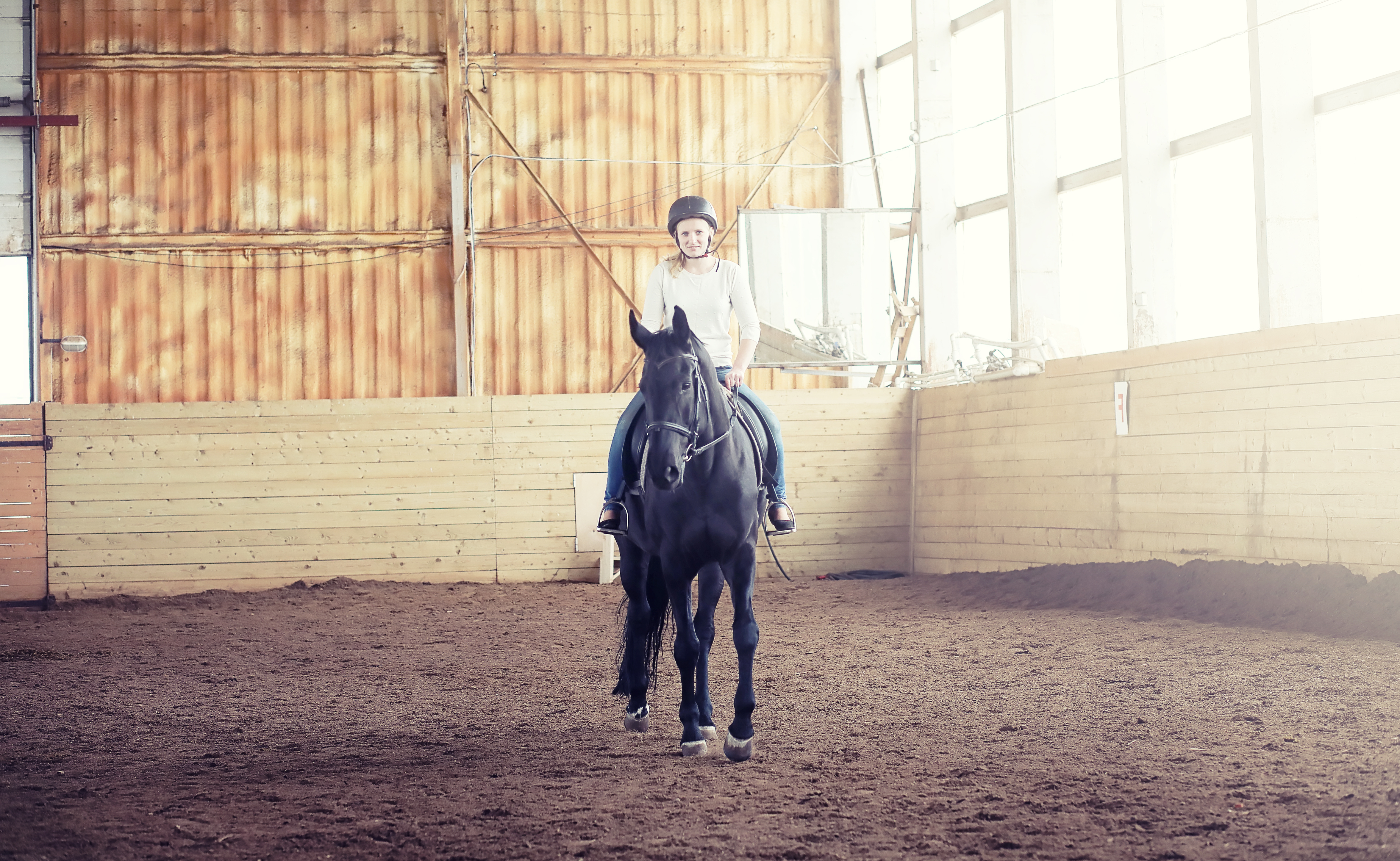Tips on improving suppleness under saddle
Improving a horse's flexibility and suppleness under saddle can be an uphill battle. Consider these flatwork tips when leg-yielding and circles don't do the trick.
- May 30, 2025
- ⎯ Equus
You’ve tried and tried, circled and spiraled, begged and cajoled, but your horse just isn’t getting any suppler? Take the following measures to uncover hidden stumbling blocks in your flatwork that could be slowing your progress:

- Investigate physical causes. A stiff horse who doesn’t “soften” may be protecting himself. Chronic low-level lameness or muscle soreness may not be apparent until you start asking your horse to carry himself differently and abandon the protective carriage that relieves him and deceives you. Have your veterinarian perform a thorough lameness examination, including watching you ride the horse.
Click here to learn what noisy joints may mean. - Simplify your gear. A harsh bit or complicated head-setting device can force your horse into a bend or coerce him into lowering his head, but the resulting “suppleness” could be an illusion. Your horse might have adopted a different but equally tense and inflexible posture to escape the coercion. Try less forceful equipment, and whenever you apply any device that affects your horse’s carriage, adjust it so there’s always a neutral, no-hurt zone at the point where he’s moving with true suppleness.
- Check your own riding. A rider’s stiffness, lopsidedness or tension is the most common cause of the same symptoms in his horse, and the horse sure can’t fix himself on his own. Riding instruction can help identify trouble spots in your position or technique and provide exercises to overcome them. Improve your “feel” for the horse’s rhythms and movements by riding with your eyes closed in an arena or on a longe line, and learn to feel where the horse’s body and legs are. Is he straight? Are his hips and shoulders in a line? Are his strides absolutely even and rhythmic? Can you tell which legs are on the ground? As you tune in to his motions, you’ll feel subtle changes and be able to defuse tension and stiffness as soon as they start.
- Abandon your schedule. There is no set timetable for overcoming stiffness in horses. Age, conformation, temperament and previous training all influence how long it will take. If you’ve eliminated physical problems as the cause, just keep at it and celebrate whatever small victories you attain. One good circle is a great start to a supple horse.
Don’t miss out! With the free weekly EQUUS newsletter, you’ll get the latest horse health information delivered right to your in basket! If you’re not already receiving the EQUUS newsletter, click here to sign up. It’s *free*!





